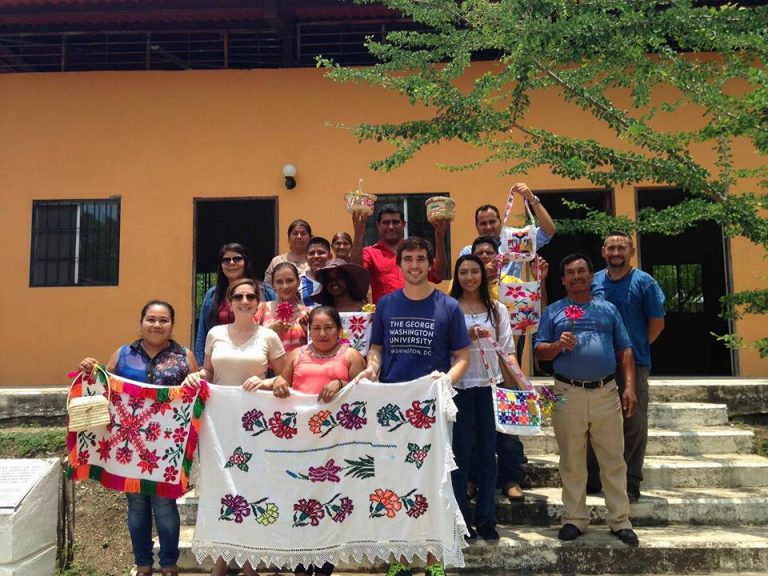When you think of the U.S. National Parks, do the Grand Canyon, Yellowstone, Yosemite and the Everglades immediately spring to mind? What most people don’t realize is that the National Park Service (NPS) actually protects over 400 sites including monuments, heritage trails and, of course, parks and is a pioneer in conservation.
As students of tourism management learn, wild, public lands rank among our country’s top treasures, attracting more than 300 million visits a year and creating billions of dollars in economic benefits for surrounding communities. But the NPS faces a backlog of $12 billion for maintenance of infrastructure including roads, bridges and pipes.
At a recent event hosted by the travel marketing group Brand USA, panelists stressed that the future of our parks rests on us. That means promoting parks—and especially lesser-known sites—to new visitors, including young people and international travelers.
For many years the International Institute of Tourism Studies has partnered with the NPS on a variety of research and tourism projects. This year, as the NPS celebrates its 100th anniversary, we’ve been helping to promote a trail right in GW’s backyard: The Potomac Heritage National Scenic Trail, which crosses through three states and Washington, D.C., and includes hundreds of miles of natural paths and waterways.
Our work included a brand survey. We talked to tourism marketers and managers along the Potomac Heritage Trail to understand how the NPS can better promote the trail so that it resonates with visitors. One of the challenges is positioning a heritage trail in a way that makes its unique characteristics compelling. Unlike the world-famous Pacific Crest and Appalachian Trails, which can be hiked from end to end, a heritage trail is not necessarily one long route, but is conceptually connected by history, culture and nature.
We hope you’ll mark the centennial of the National Park Service by visiting our country’s parks and heritage sites this year and sharing your experiences—and this post—with your social networks.






